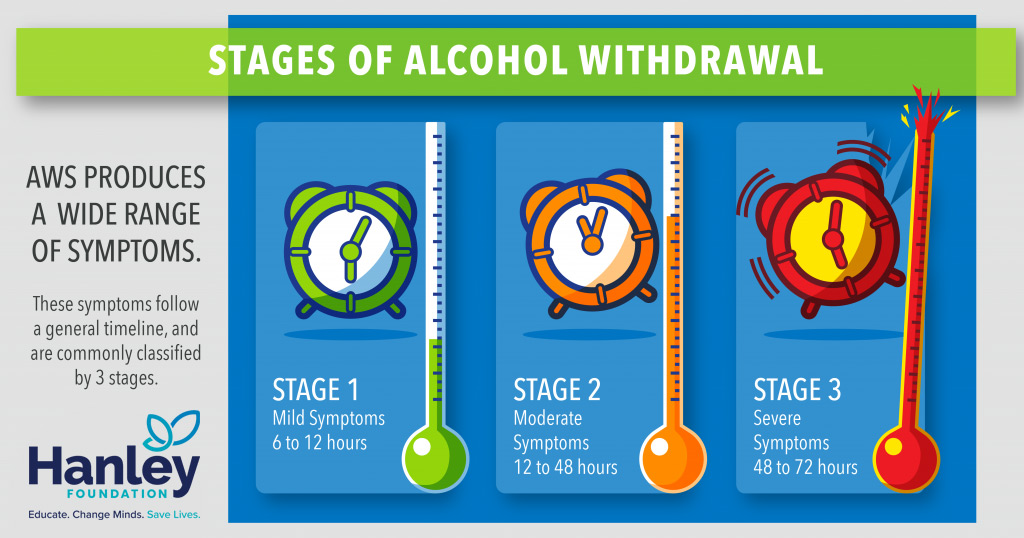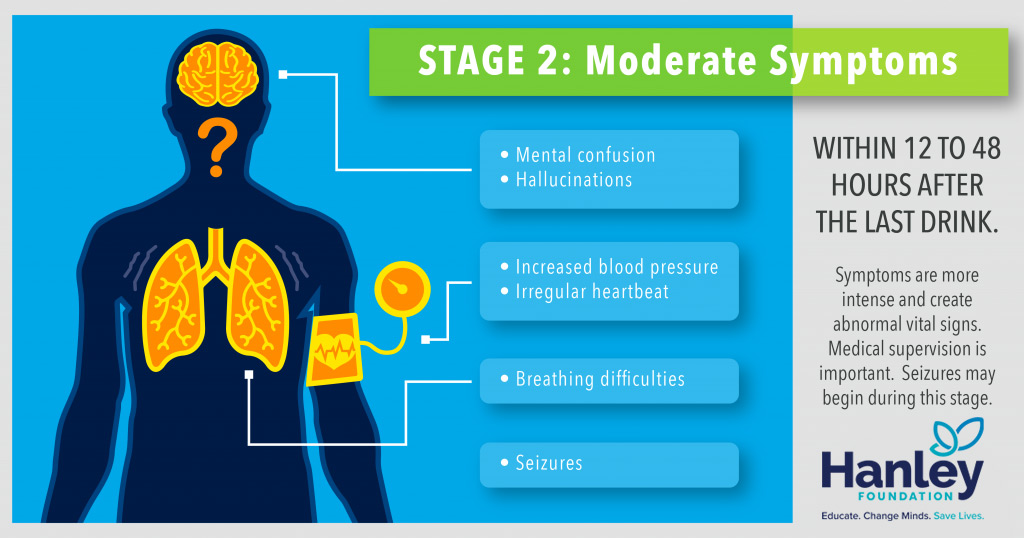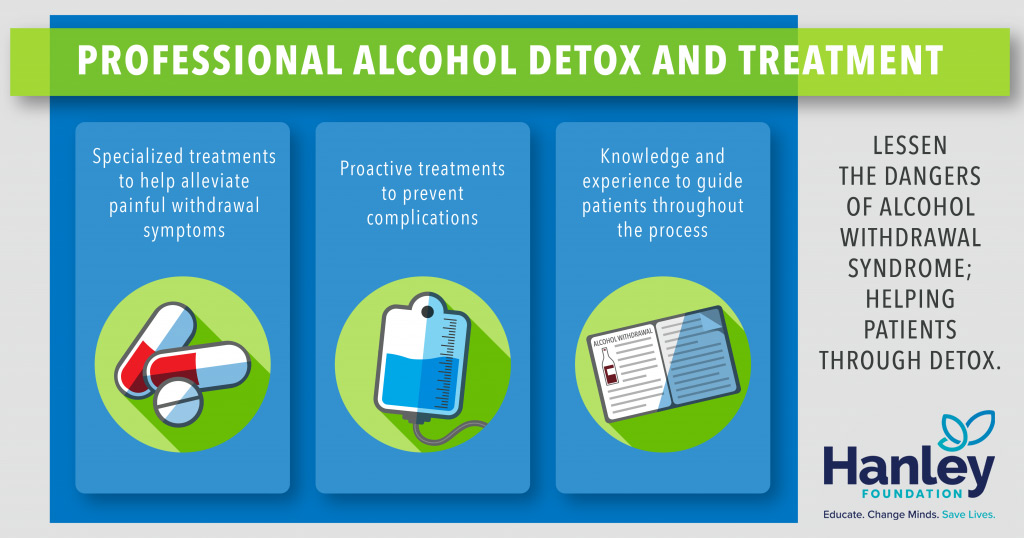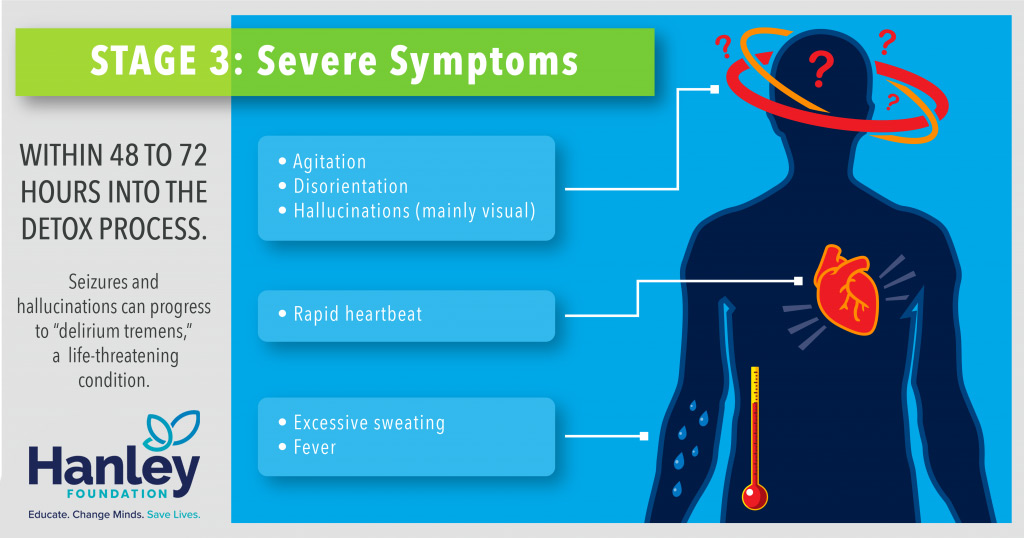Alcohol Withdrawal Timeline
According to the National Dietary Guidelines, men are recommended to have no more than two drinks per day and one drink for women. Consuming more than this increases a person’s risk of health ailments such as liver disease, cardiovascular disease, and other disorders.
However, drinking even the recommended amount can potentially increase the risk of physiological dependence.
If you or a loved one need help, call our admissions team today at 561-841-1033.Alcohol Withdrawal Syndrome, also known as AWS, occurs when a person abruptly stops drinking after a prolonged period. Symptoms of AWS can range from mild to severe. Because alcohol is a legal and socially acceptable drug of choice for many Americans, the withdrawal process is often misunderstood.
People experience withdrawal when their body has become physically dependent on the substance. As a central nervous system depressant, alcohol alters the way your brain works. More specifically, consuming alcohol causes your brain to produce more GABA (gamma-aminobutyric acid), a neurotransmitter that makes people feel relaxed and euphoric, and less glutamate, which makes people excitable.
Your brain attempts to compensate for this by making less GABA and more glutamate. Your brain can’t keep up with this imbalance when you suddenly quit drinking, and the result of these unbalanced neurotransmitters are withdrawal symptoms such as jitteriness, tremors, and anxiety.
In this post, we answer some of the frequently asked questions about alcohol withdrawal.

What Are the Stages of Alcohol Withdrawal?
AWS produces a broad range of symptoms that follow a general timeline. These symptoms begin between 6 – 24 hours after the last drink and can range in severity. The severity of AWS is commonly classified into three stages.
Withdrawal Stage 1: Mild Symptoms
Even casual drinkers experience alcohol withdrawal symptoms after having a few drinks. Symptoms become more severe relative to the amount of alcohol consumed and how long they have been drinking to that extent.
Mild symptoms typically begin within 6 – 8 hours of discontinued alcohol use. These symptoms are usually associated with minor physical disturbances and changes in behavior and mood. Often, loved ones may overlook these signs because they mimic hangover symptoms.
For someone who has consumed a lot of alcohol for an extended time, it is important not to dismiss these signs.
The first symptoms of alcohol withdrawal include:
- Anxiety
- Depression
- Insomnia
- Nausea
- Headaches
- Vomiting
- Loss of appetite
- Fatigue
- Tremors
- Foggy thinking
- Mood swings

Withdrawal Stage 2: Moderate Symptoms
Moderate withdrawal symptoms usually begin between 12 – 48 hours after the last drink, with the worst happening around 48 hours. These symptoms are more intense and are associated with abnormal vital signs. These signs must be closely monitored by a medical professional.
Withdrawal Stage 2 symptoms include:
- Higher blood pressure
- Respiration
- Fever
- Irregular heartbeat
- Confusion
- Sweating
- Irritability
During this stage, some people will experience seizures (roughly 48 hours from their last drink). Seek medical attention if you experience seizures during alcohol withdrawal.
Withdrawal Stage 3: Severe Symptoms
Severe symptoms usually begin between 48 – 72 hours into the alcohol detox process; these include “delirium tremens” (DTs) and seizures. Both can occur without warning. Both can be fatal. It is estimated that roughly 3 – 5% of individuals in withdrawal will experience DTs. They usually continue for up to four days.
For this reason, withdrawal should be closely supervised by a medical professional.
Symptoms of Stage 3 withdrawal include:
- Hallucinations
- Fever
- Seizures
- Confusion
- Agitation
- Severe sweating
Most withdrawal symptoms are gone by day 4 or 5. In more extreme cases, less severe symptoms persist for up to a month.
This is only a rough timeline, and it is important to note that withdrawal symptoms may vary from person to person. Today, many professionals prefer to use the CIWA to determine the severity of your condition rather than rely on stages as a framework for understanding withdrawal. Either way, do not attempt to diagnose yourself.
Should I Seek Professional Help?
Alcohol withdrawal is a serious condition that may rapidly become life-threatening. Not everyone experiences withdrawal in the same way. For these reasons, immediate and longer-term care is needed for those going through detox. Medical professionals are trained to monitor and safely treat withdrawal.

You should be especially concerned about experiencing alcohol withdrawal without medical supervision if you are at a higher risk of developing delirium tremens.
Factors that put you at a higher risk of delirium tremens include the following:
- Having an infection
- Having seizures or a history of seizures
- Experiencing DTs during an earlier period of withdrawal
- Having a lengthy history of consuming alcohol, often daily
What Factors Influence Alcohol Withdrawal?
The more dependent on alcohol a person is, the more likely that person is to experience withdrawal symptoms. Medical professionals can assess a person’s progression along the stages of withdrawal. They can also gather comprehensive information that may influence AWS.
Some of the factors that can influence Alcohol Withdrawal Syndrome include:
Frequency
People who drink infrequently are not likely to develop withdrawal symptoms, except for hangovers. People who drink daily or multiple times per day are more likely to experience withdrawal symptoms. It is important to discuss the frequency of use with the doctor overseeing the detox process.
Medical History
When doctors treat alcohol withdrawal, they must know the patient’s complete medical history. This history includes mental disorders (such as anxiety and depression) and medical complications (such as high blood pressure). Doctors will also take family history into account. Be sure to provide this information.
Use of Other Drugs
The use of more than one substance at a time is called polysubstance use. The use of other drugs can influence the withdrawal process. Honesty is important when discussing your case with a doctor. Be sure to discuss all drugs you have been using when beginning the detox process.
Other factors affecting an alcohol withdrawal timeline include:
- Gender, weight, and age
- Family history of alcoholism
- Length of alcohol use
- Any past experiences with alcohol withdrawal
- Severity of alcohol use
What Occurs During Detox?
The first step of detox is to monitor the symptoms of withdrawal. This is determined by a thorough medical assessment. From there, doctors can control and stabilize these symptoms effectively.
Medical detox may involve the use of medications that treat symptoms like nausea, dehydration, and seizures. Though not recommended for people in long-term recovery, anti-anxiety medications called benzodiazepines are the most commonly used drugs for reducing the effects of withdrawal on the central nervous system.
Other medications may also be prescribed during recovery to help mitigate withdrawal symptoms. If your doctor believes you are nutrient deficient, a common side effect of continued alcohol use, they may prescribe vitamins. Once you have safely gone through withdrawal, you may be prescribed certain treatments to help minimize alcohol cravings.
Doctors at our alcohol treatment centers can ensure that these medications are administered properly, in the proper dosages, and at the right time. These medications should be discontinued when detox is completed.
Is Detox Enough?
Quitting alcohol “cold turkey” is never recommended without medical supervision. Though detox can end the initial symptoms of withdrawal, detox is only a starting point for recovery. The physical, psychological, and spiritual effects of alcohol use can continue long after detox.
Without proper treatment, those with the disease of alcoholism will be unlikely to stay sober for good. This is why the National Institute of Drug Abuse recommends more than just supervised detox. The most successful recovery outcomes occur when patients receive a minimum of 90 days of care. This can improve the chances of recovery.
At an inpatient or residential treatment center, you can stay at a facility for the duration of your treatment while receiving round-the-clock support coupled with group and individual therapy.
Is there hope for alcohol addiction?
Remember that recovery is possible no matter how long a person has been drinking. Entering detox can be scary. If you or someone you love needs help to overcome addiction, don’t remain silent. At Hanley Foundation, our mental health and addiction treatment programs can help ensure a smoother, safer detox process. They can be the first hand that helps transition a person from a fatal illness to a life of freedom.
If drugs or alcohol are causing problems, we have solutions. Call 561-841-1033.
Hanley Foundation’s Hanley Center has been helping people all over the country achieve wellness for more than 40 years. In addition to providing age- and gender-specific treatment for substance use and co-occurring disorders, Hanley offers a boutique residential mental health program for adults. For information on our programs, call us today: 561-841-1033.






